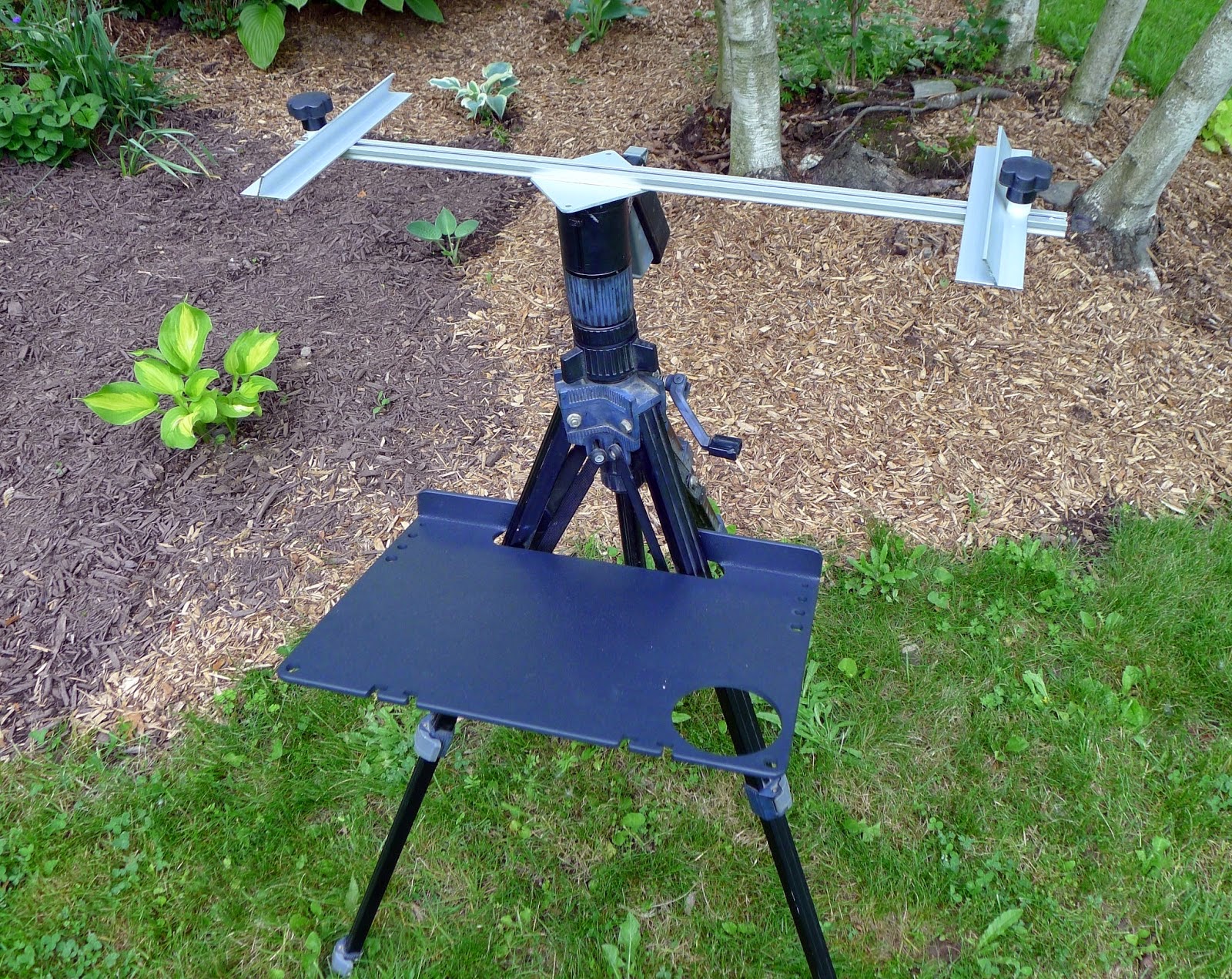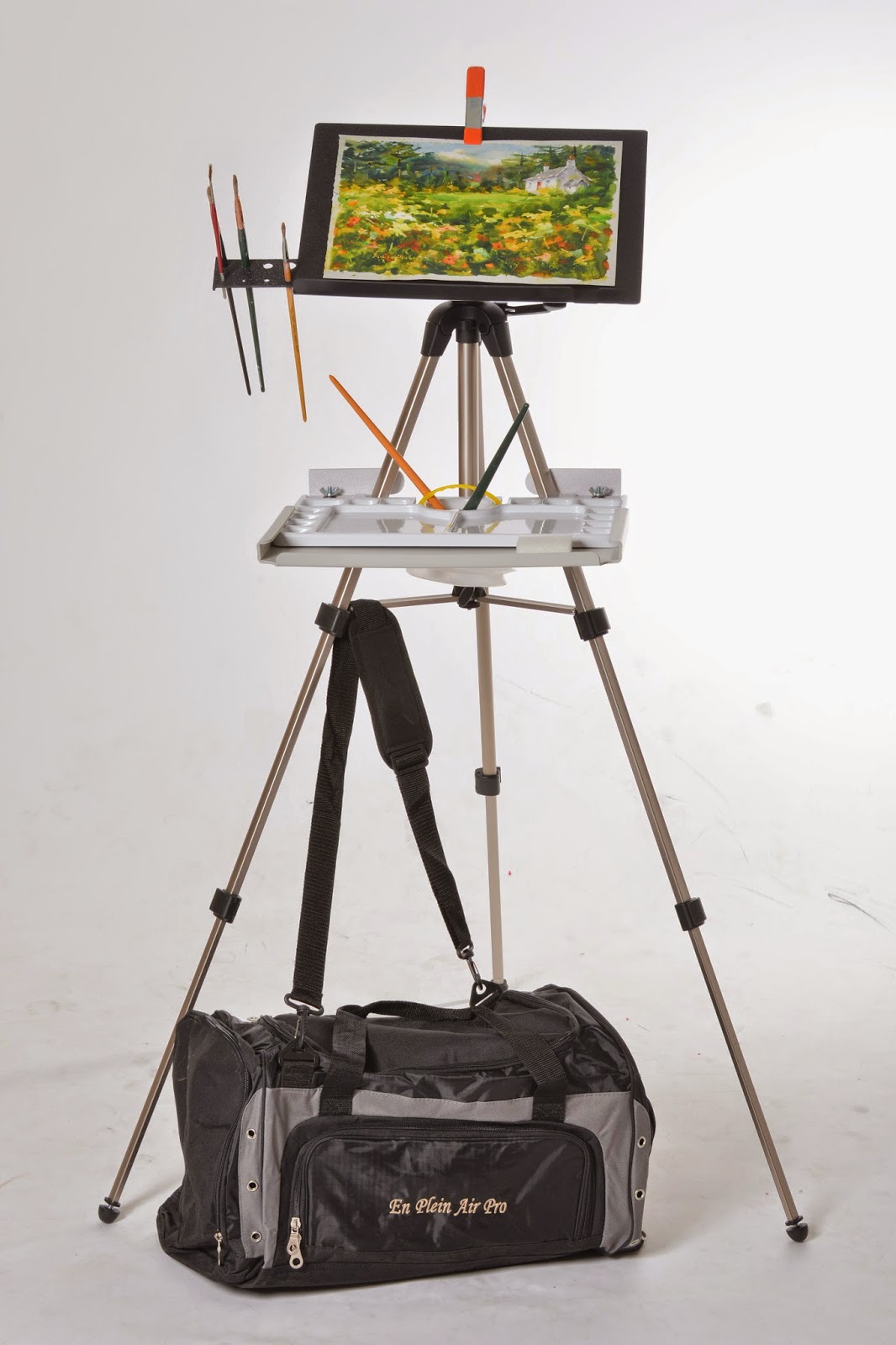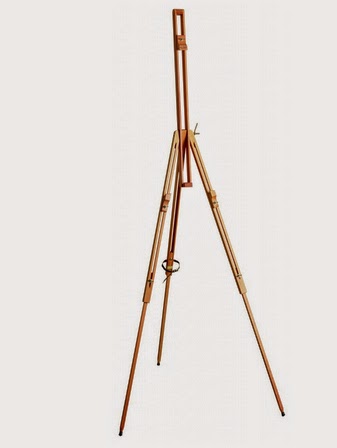 |
| The Au Sable River at Jay, 12X9, oil on canvasboard. Painted on the side of the road in Jay, New York. |
I once had the following discussion with an IRS auditor:
She: “Your mileage log doesn’t identify destinations. You need to show destinations.”
Me: “I’m a plein airpainter. There are no ‘destinations’. I drive until I find what I want to paint, and then I paint it. The best I could come up with is something like ‘cows at the side of the road’.”
She (unmoved): “For the purposes of a mileage log, you need to show destinations.”
 |
| Teaching on the side of a road somewhere near Lincolnville, ME. |
At the end of the interview, she suggested to me that I’d better start showing a profit or the IRS would consider my work a hobby. She was (contrary to popular opinion) very nice. But I am keenly aware that my tax returns are a red flag: we have high W2 income and Schedule C losses.
That’s actually typical for artists. Even the most successful of us usually do something else, like teaching or graphic design, to cobble a living together. But if you ask us our profession, we are artists. The big money on our work will be made after we’re dead. Denying us the tax advantages other businesses get is adding insult to injury.
 |
| Sunset over Saranac Lake, by little ol’ me. Painted on the side of a road somewhere in the Adirondacks. |
In 2010, the IRS accused Professor Susan Crile of underpaying her taxes by more than $81,000, saying that her work was not a profession but something she did as part of her job teaching Studio Art at Hunter College. (See Forbes’ coverage
hereand
here, and the NY Times’ coverage
here.)
The IRS’ determination was based on her lack of a written business plan (!) and the idea that she made art not primarily to sell but to keep her job as a teacher. Never mind that her work hangs in the Metropolitan Museum, the Guggenheim, the Brooklyn Museum, the Phillips Collection, the Hirshhorn, and at eight colleges and universities.
 |
| Painting at the side of the road near Lake Placid, NY. |
Mercifully, the judge saw it differently:
She has worked for more than 40 years in media that include oil, acrylic, charcoal, pastels, printmaking, lithograph, woodcut, and silkscreen. She has exhibited and sold her art through leading galleries; she has received numerous professional accolades, residencies, and fellowships; and she is a full-time tenured professor of studio art at Hunter College in New York City. (Judge Albert Lauber)
“Bottom line is that, in general, lawyers have much better educations than accountants,” wrote Peter J Reilly. He went on to note that Judge Lauber holds an MA in Classics from Clare College, Cambridge.
While Professor Crile has prevailed on the Section 183 (hobby loss) question, she still has to answer the question of how much of the quarter million or so in losses she claimed over the last five years will be deemed legitimate. That’s a reminder to us to be honest, even conservative, in our bookkeeping.
Message me if you want information about next year’sclasses and workshops.































